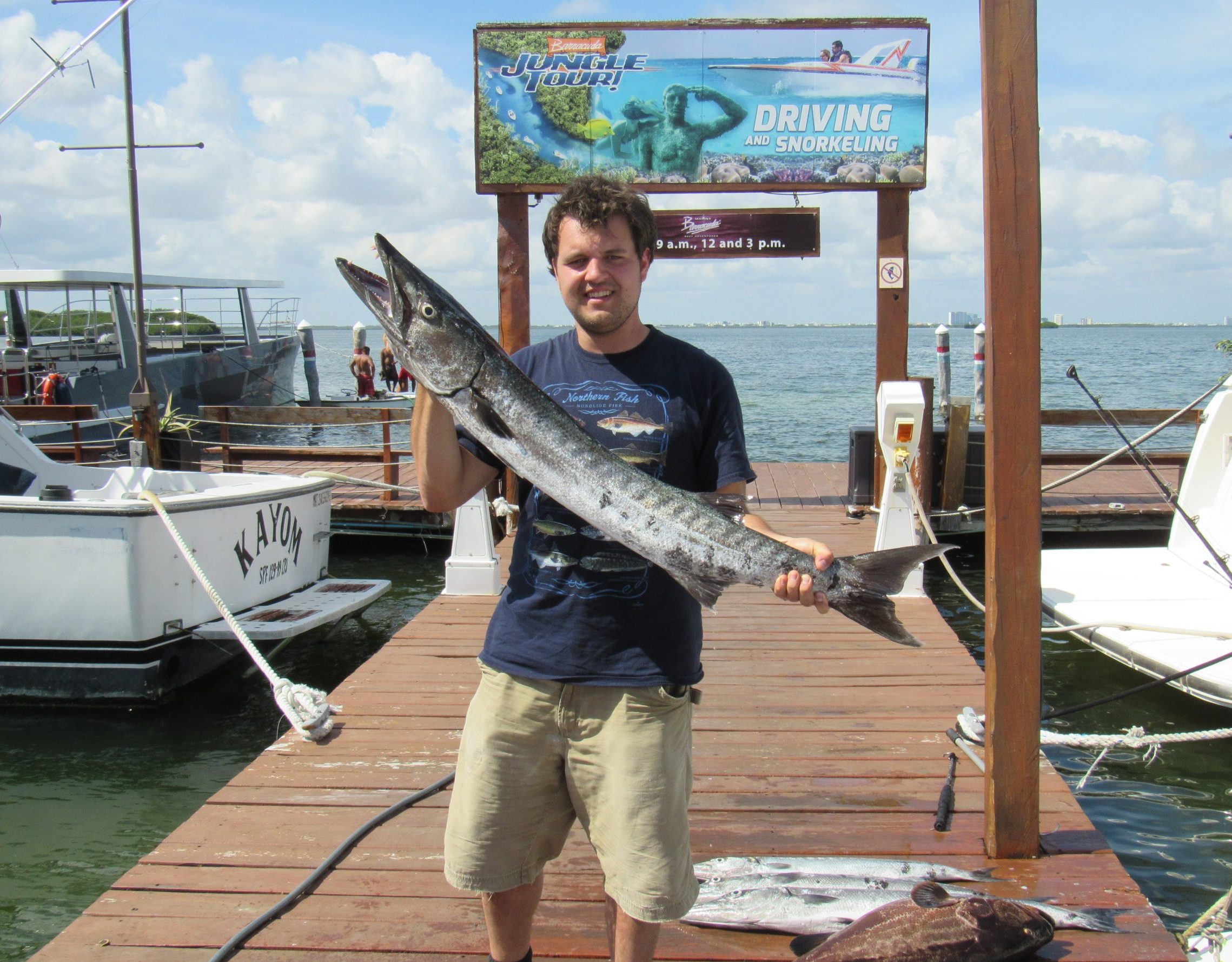
Healthy fish are a key factor in producing a successful hatchery stock. This may sound simple, but becomes complicated with numerous factors affecting fish hatchery health. In July, Hatchery International’s third virtual event in its OxyGuard International-sponsored 2021 Webinar Series, was titled ‘Ask the Vets’ and focused on salmon and trout hatchery health. Led by Dr. Mykolas Kamaitis, private practice aquaculture veterinarian and owner of Belwood Lake Veterinary Services, the webinar discussed hatchery and early-rearing production systems; principles/approaches to fish health management; fish health challenges faced in salmonid hatcheries; and application of fish health management strategies.
Fish health management
Fish health management looks to maintain the specific environmental and physiological requirements needed to ensure the survival and promote the well-being of the fish. When discussing fish health management, Kamaitis explained that it’s best to be proactive by building a robust system that can not only sustain challenges, but prevent them from occurring initially. “As vets we get called in when things are already ‘burning down’, but to prevent this, a system should be in place to allow for the monitoring of these issues as they develop,” Kamaitis. “If things go wrong, a system will enable you to respond quickly and efficiently to mitigate loss.”
Kamaitis noted that hatchery workers must differentiate between health and disease management. While disease management is part of fish health management, “it should be the last step and is only necessary when there has been an issue or breakdown in fish culture practices, biosecurity, or environmental conditions,” he explained. “The best way to promote and manage fish health is through excellent fish husbandry and fish culture practices, as well as minimizing stressors.”
Applying the strategies
When developing a fish health management system, it’s crucial to keep a number of strategies in mind including biosecurity, health checks and post-mortem examinations and classifications, vaccinations, and treatment options. For disease prevention, biosecurity contains a number of important strategies to apply. “Biosecurity can be thought of as procedures and strategies developed and instituted to prevent the introduction and/or spread of biological agents to or between a population of animals,” said Kamaitis. “It can be common sense if you have an understanding of how diseases are transmitted.”
While fish health issues and mortality are avoided, they’re inevitable. “Where there’s livestock, there’s deadstock,” Kamaitis quoted. “But by completing a basic post-mortem exam, you gain some value from a given mortality.” Kamaitis’ main suggestion is to have a post-mortem exam expert come in to train hatchery workers, giving staff the necessary skills and knowledge to have eyes on the stock at all times. “Remember, vets are not just firefighters,” Kamaitis emphasized, “Vets thrive when they are treated as fish health managers and can actually help you build a robust system to minimize damage and prevent serious issues from occurring.”
Be sure to check out the full ‘Ask the Vets’ session at hatcheryinternational.com/webinars to hear Kamaitis’ full presentation, followed by a Q&A session with the audience.
Print this page
Advertisement
- Aqua Nor 2021 sees agreement between Benchmark Genetics and Premium Svensk Lax
- Russian scientists develop a new oxygen saturation machine






